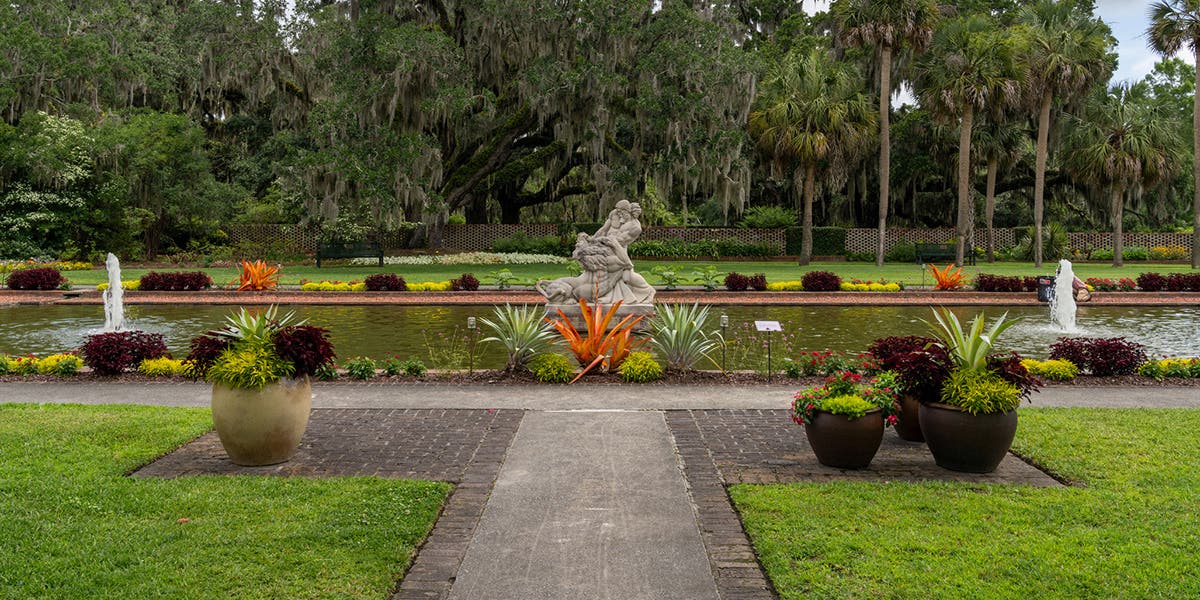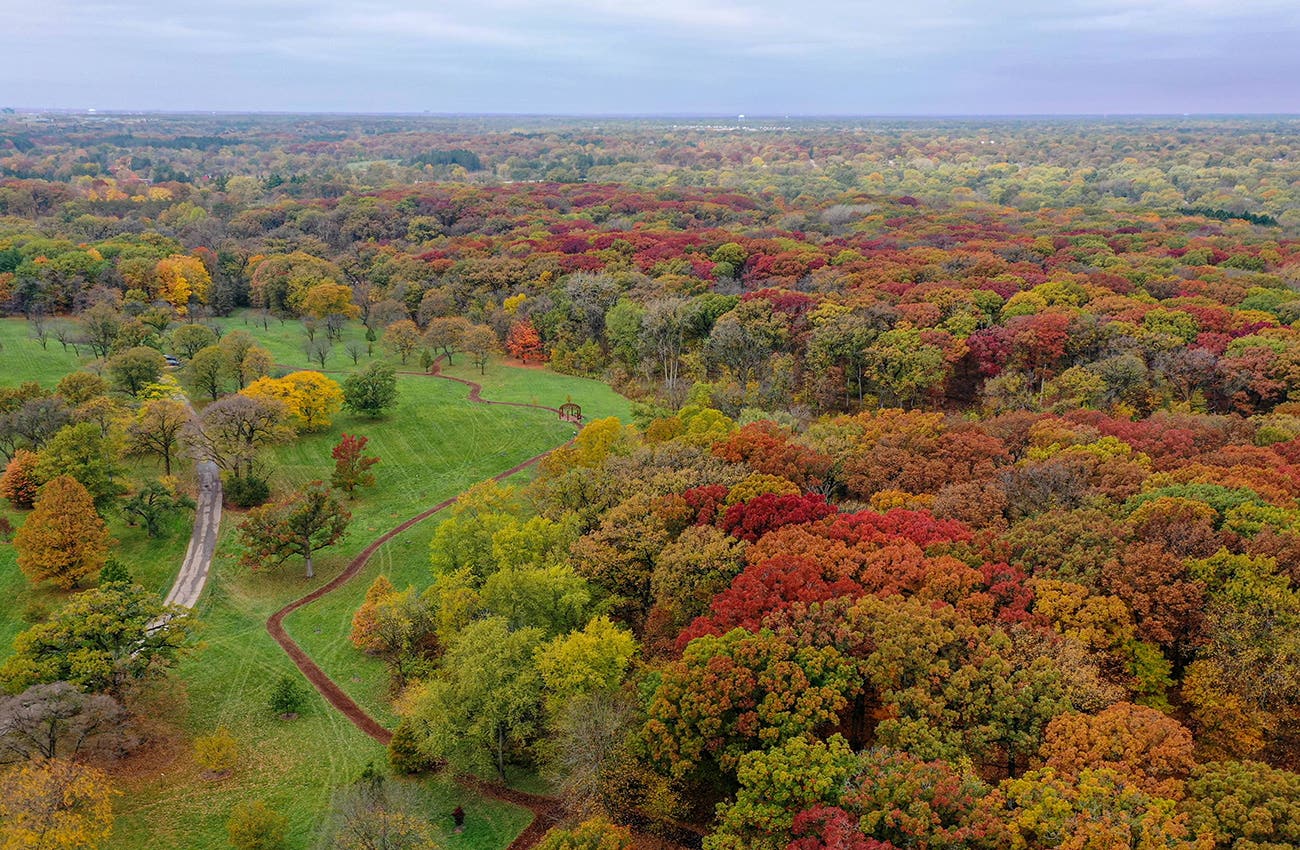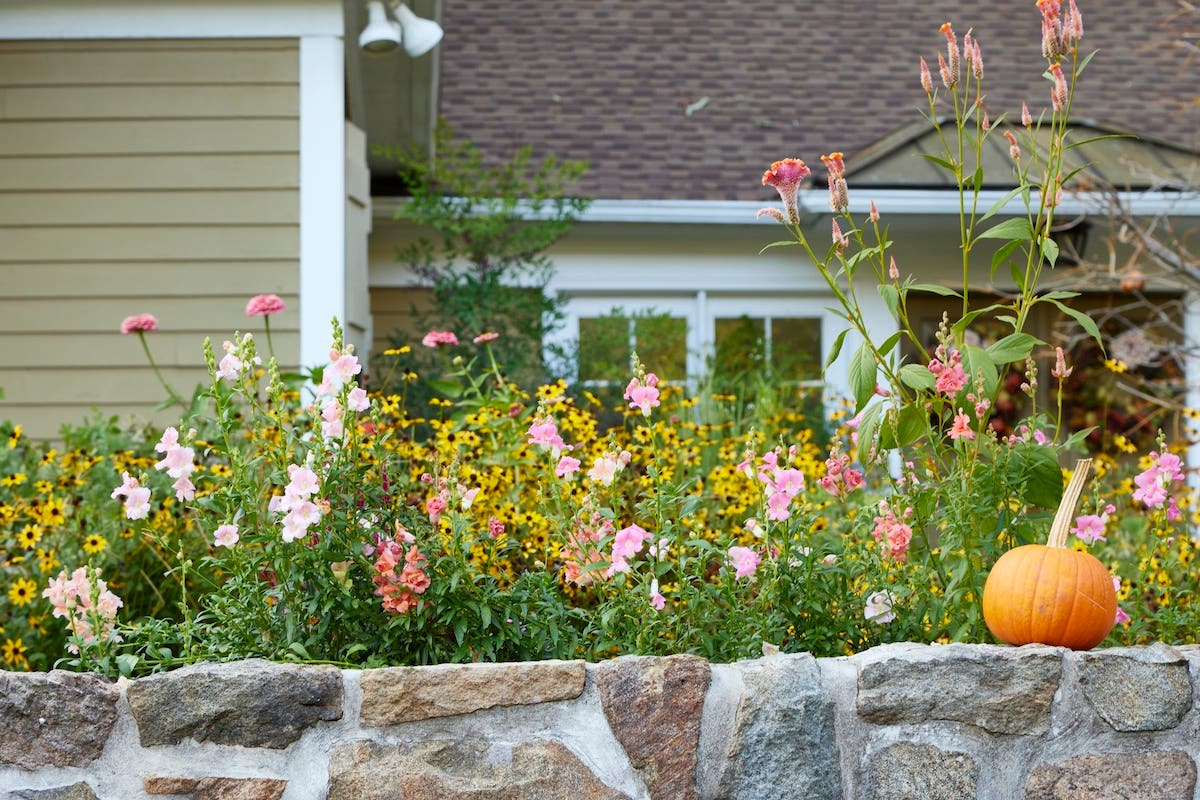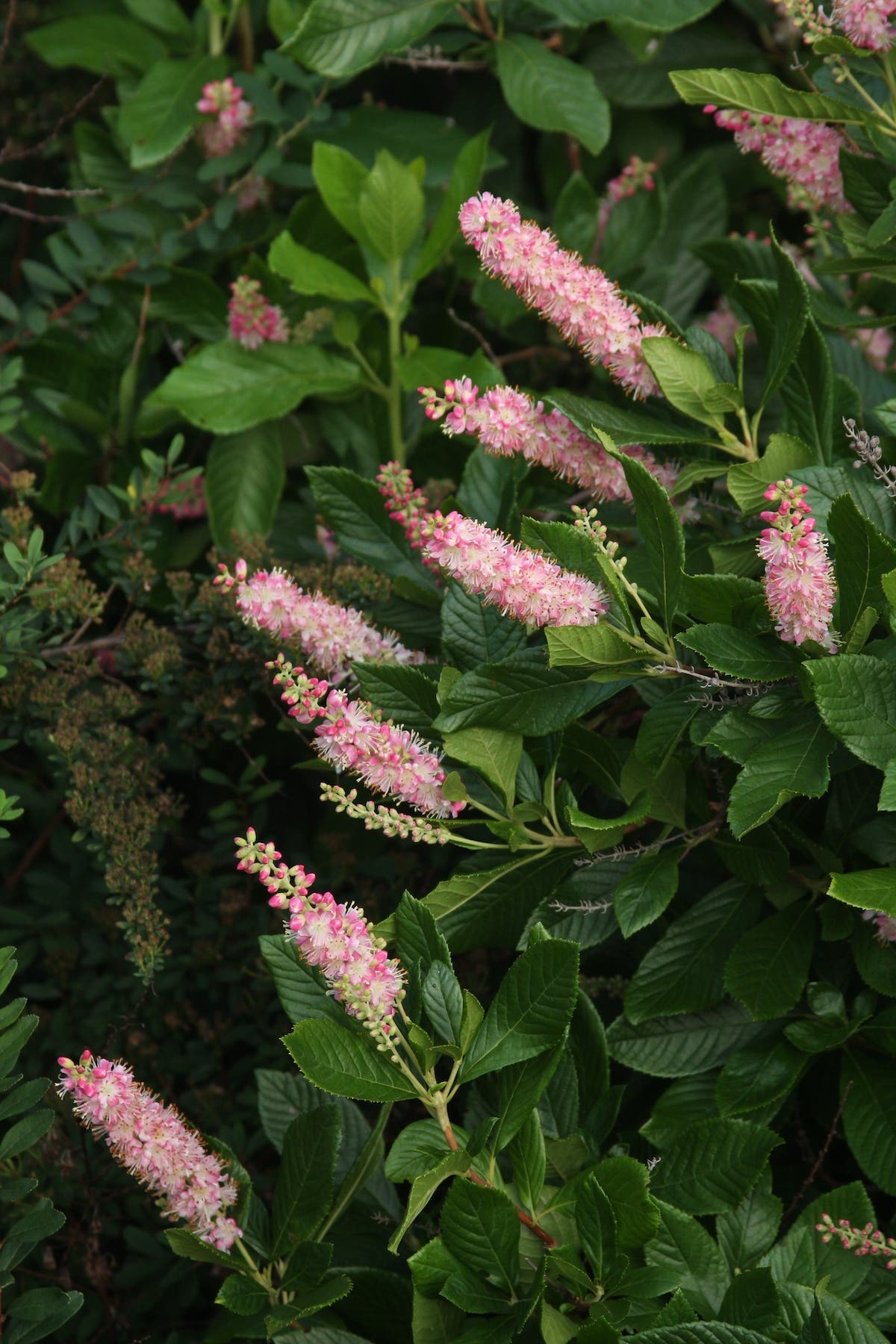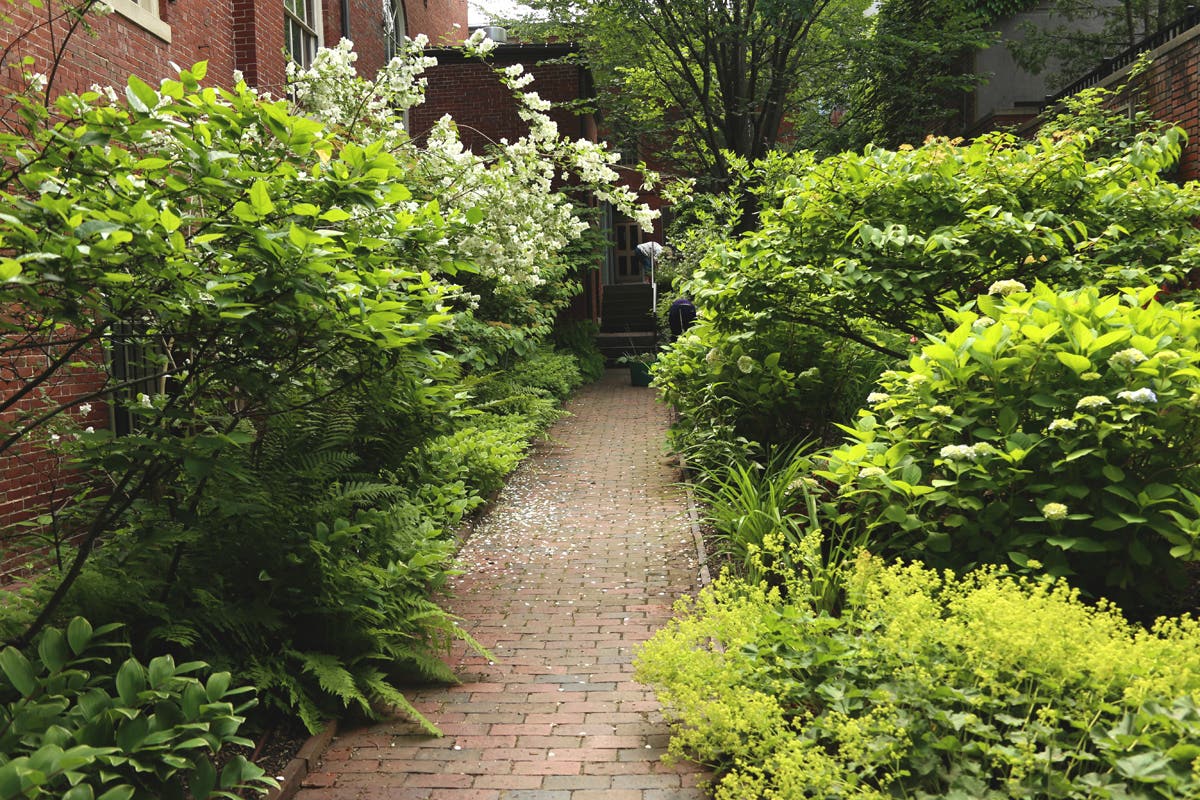The wildfire problem is getting worse. In recent years, California has suffered its deadliest and its largest wildfires ever. And it’s not just California. Disastrous wildfires have occurred of late in Oklahoma, Colorado, southern Florida and eastern Tennessee. Even Canada and Alaska have been hit hard.
What is a wildfire? A wildfire, or wild-land fire, is a fire that starts in vegetation and at least initially doesn’t involve structures. Its cause can be natural, like a lightning strike, or manmade, be it accidental or deliberate. Although damage to wild areas may appear significant, naturally caused wildfires have been occurring for thousands of years and ecosystems have adapted to recover from them.
The real problem occurs when a wildfire crosses the “wild land–urban interface” and enters human developments. More and more, the boundary between wild and developed lands is being blurred as more people move away from cities and into the less built-upon areas. Once a wildfire enters a town it can move right through, destroying everything in its path. When winds are strong, as they typically are during wildfire events, burning debris and embers can be blown far ahead of the main fire line to threaten areas not adjacent to actual wild lands.
As a homeowner, there are things you can do to protect your house and property from wildfires. There are certainly steps you should take with your house, especially in terms of building materials, to make it more fire resistant. In this article, I’ll cover what you can do with your yard and areas surrounding your house to protect it from wildfires. What kind of plants should you have and which you should avoid? Where can you have plants and where should you not have them?
The Defensible Space
In fire-prone lands, you want to create around your house a “defensible space,” defensible meaning that firefighters can safely occupy this space to protect your home. Even if firefighters can’t respond (often the case in large fires), a defensible space will increase the odds of your home avoiding damage or destruction. The actual size of defensible space you need depends on the height and density of surrounding vegetation and the steepness of any slope your home sits on. The denser and/or higher the vegetation and the steeper the slope, the larger the defensible space required. (Fires burn faster uphill.)
You should start in the area immediately around your house. You could just have a ground cover. A well-watered and maintained lawn would work, but it requires considerable maintenance—you can’t let it get too high—and it is not natural. Near the house, crushed rock, flowerbeds or non-flammable mulch is preferred. Keep plants away from windows (which can break with extreme heat) and combustible siding. Any dead leaves, pine needles or other flammable debris should be regularly removed from the roof, gutters and any spot within five feet of the house.
For vegetation, there are three R’s of defensible space: removal, reduction, replacement.
Remove vegetation as much as possible, and reduce the size of the plants you have. Low growing are best. They are less likely to be ignited and if they are, there’s less fuel and a much smaller flame. Avoid bushy, tall plants, which could produce a large flame. A more open plant with loose branching, like a rose bush, is better.
Replace flammable vegetation with less flammable plants. There is no such thing as a fully fireproof plant, but there are plants that are more fire resistant. These are plants with a high leaf moisture content and a low sap or resin content. Don’t use junipers. In an experiment, a one-foot-tall juniper bush produced a ten-foot-high flame when ignited. Keep in mind that all plants must be properly maintained—regularly watered and trimmed of any dead material. To help select the best plants for your location, consult your local nursery, landscape contractor or cooperative extension service.
Further away from your house—out several hundred feet—you still need to take precautions, especially if your yard is merging into the natural landscape. Patios, walkways and driveways can act as firebreaks. So can stonework, crushed stone and gardens.
Keep firewood piles away from the house. If you have an outdoor propane tank, make sure no vegetation is near it.
Notes on Trees
Trees are a major concern. When the leaves of the top of a tree catch fire (called crowning), it creates a massive torch with flames extending well above and away from the tree itself. You don’t want anything like this near your house. In terms of types of trees, avoid conifers. Their natural resins are highly flammable, even when the needles are green. Seed cones can become fire bombs. Fallen needles can act as tinder for a fire, especially dangerous if they accumulate on roofs or near your home. Deciduous hardwoods are much preferred, with their high-moisture-content leaves. When the leaves die and fall in the autumn, they should be quickly removed.
To avoid crown fires where coniferous trees exist, you should remove ladder fuels—that is, vegetation under the tree. Prune taller trees so that no branches sit below 6 to 10 feet. If possible, keep trees apart, at least 18 feet between tree crowns, but even farther on steep slopes.
Closer to your home, trim any branches that hang over or near your house. The general rule is that any branch within six feet of your house should be removed. Also beware of tree branches that may hit a power line in strong winds, causing a fire. Trim trees as needed to prevent this. Any standing dead trees should be taken down. Fallen ones should be removed. Small trees, especially volatile conifers, should be removed. If possible, try to have gaps in the forest canopy, areas where tree crowns are some distance apart.
Will all this guarantee that your home will be safe from wildfires? No. Extreme wildfire situations can be indefensible. But you will certainly improve the odds that your home will be spared.
For more advice on changing a home landscape to guard against wildfires, see the Ready for Wildfire website by CAL FIRE (the California Department of Forestry and Fire Protection). Start here: Being Ready—Wildfire Preparedness to find more about the defensible space and planting guides.


